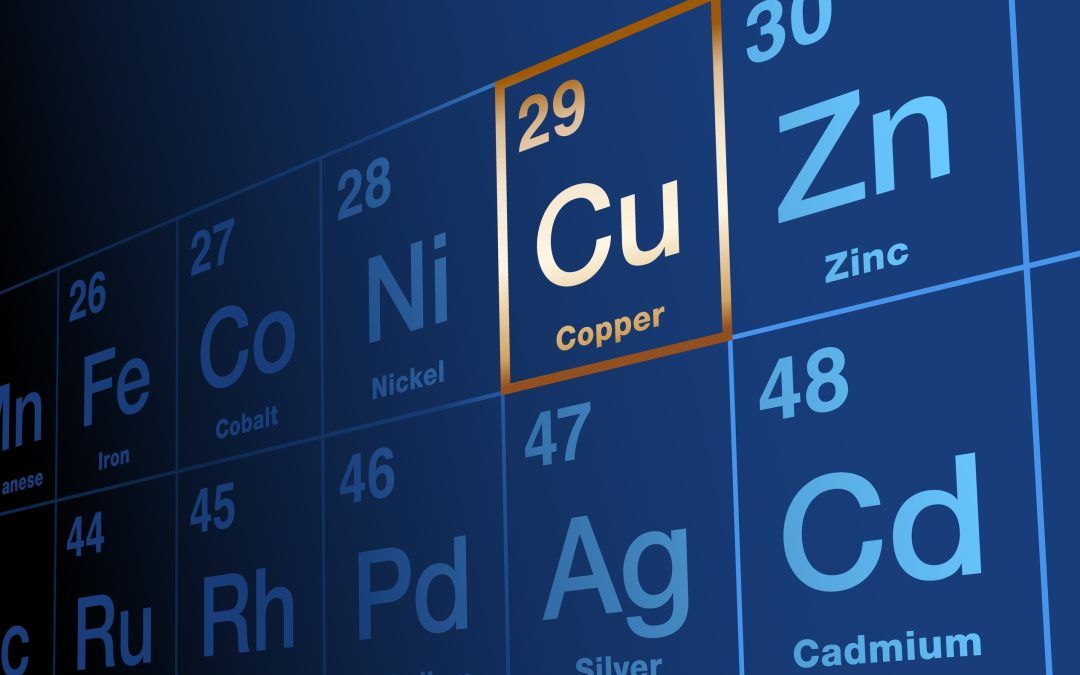In a world where technology is advancing at a rapid pace, the importance of materials with high thermal conductivity is immense. These materials are foundational for innovations across various fields, from electronics to energy, and from aviation to aerospace. In this post, we’ll explore the importance of heat conduction and identify materials that excel in this area.
Copper – the traditional choice for thermal conductivity
With a heat-conductive of around 400 W/m·K, copper remains one of the most popular materials due to its conductive properties. It’s used in electrical installations, cooling systems, and heat exchangers, offering high efficiency at relatively low cost. Its role in modern technology is indispensable, making it a key material in the field of thermal conductivity.

Aluminum – a lightweight alternative
While aluminum has a lower thermal conductivity than copper (237 W/m·K), its lightweight nature and cost make it an attractive alternative. It’s widely used in heat sinks, electronic enclosures, and aerospace components, where both weight and efficiency are crucial.
Gold and Silver – precious metals with high thermal conductivity
Silver and gold are leading metals in thermal conductivity, offering 430 W/m·K and around 317 W/m·K, respectively. This makes them particularly attractive for specialized applications. Additionally, gold is corrosion-resistant, making it ideal for precision electronics. However, their widespread use is limited by high costs, so they’re primarily used in niche, specialized projects.
High thermal conductivity silicones
Though generally known for lower thermal conductivity than metals, silicones are vital in applications requiring flexibility. They also have excellent weather resistance and electrical insulation properties. Filled silicones can achieve thermal conductivities ranging from a few to over 10 W/m·K, making them suitable for applications like thermal pads, heat connectors, and sealing materials in electronics.
Nanomaterials – the future of Extreme thermal conductivity
Graphene and carbon nanotubes are examples of nanomaterials revolutionizing thermal conduction. Graphene has a potential conductivity exceeding 5000 W/m·K. Carbon nanotubes reach values up to 3500 W/m·K, opening new possibilities for advanced cooling systems and nanotechnology. Their exceptional properties could significantly impact the future of many technologies.

Applications and impact
Materials with excellent heat-conducting properties are utilized across many sectors.. In electronics, they prevent processors and other components from overheating, which is crucial for maintaining device performance and reliability. In energy and aviation, where effective temperature management is critical, these materials play a central role.
Conclusions
The development and application of high thermal conductivity materials are key to progress in many technological and engineering fields. From traditional metals like copper and aluminum to innovative nanomaterials like graphene and carbon nanotubes, these materials are essential for improving the efficiency, reliability, and functionality of products and systems. Their importance will only grow as our world becomes increasingly technological. Therefore, heat conduction remains a critical element in achieving new breakthroughs in science and technology.

